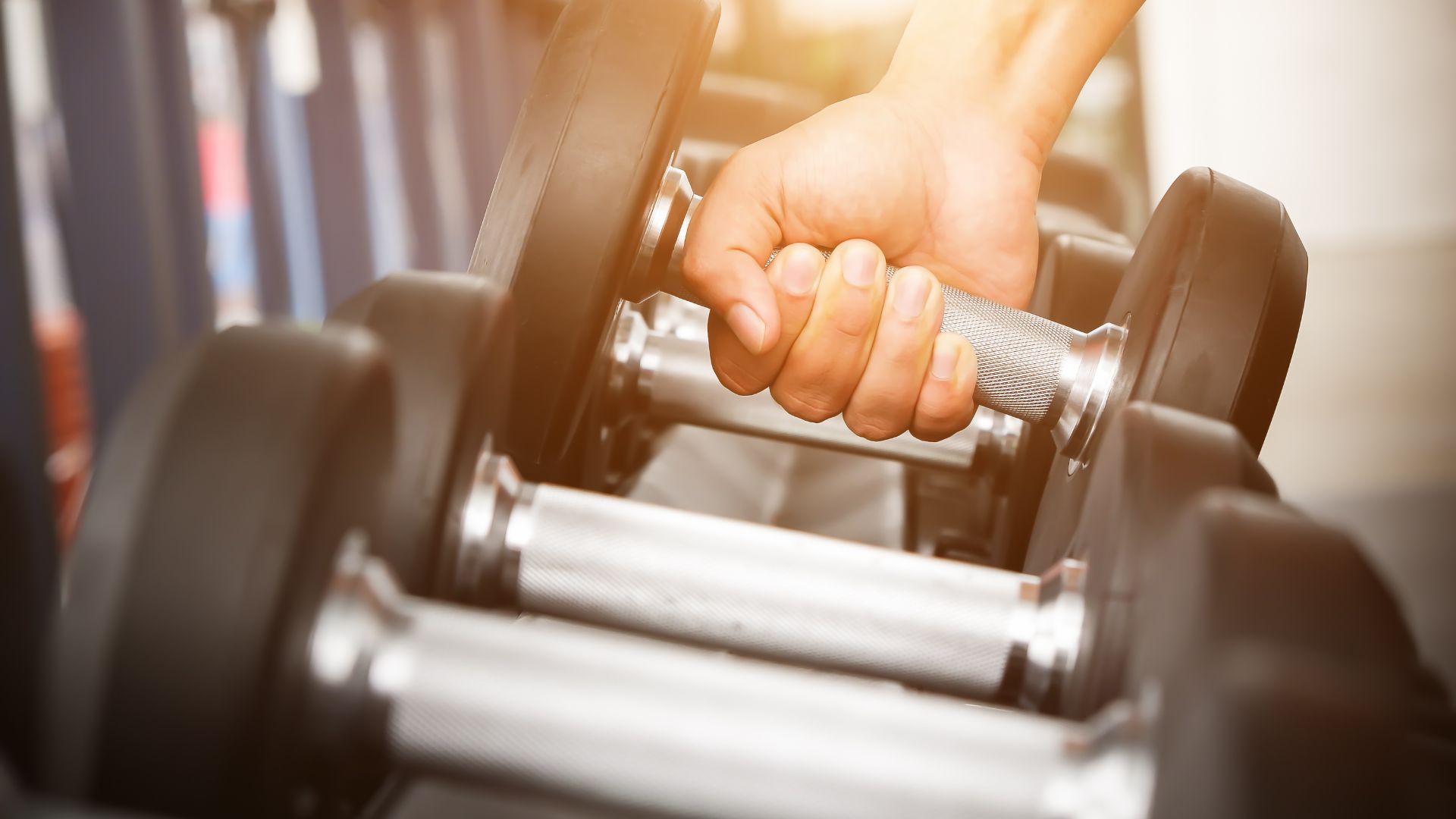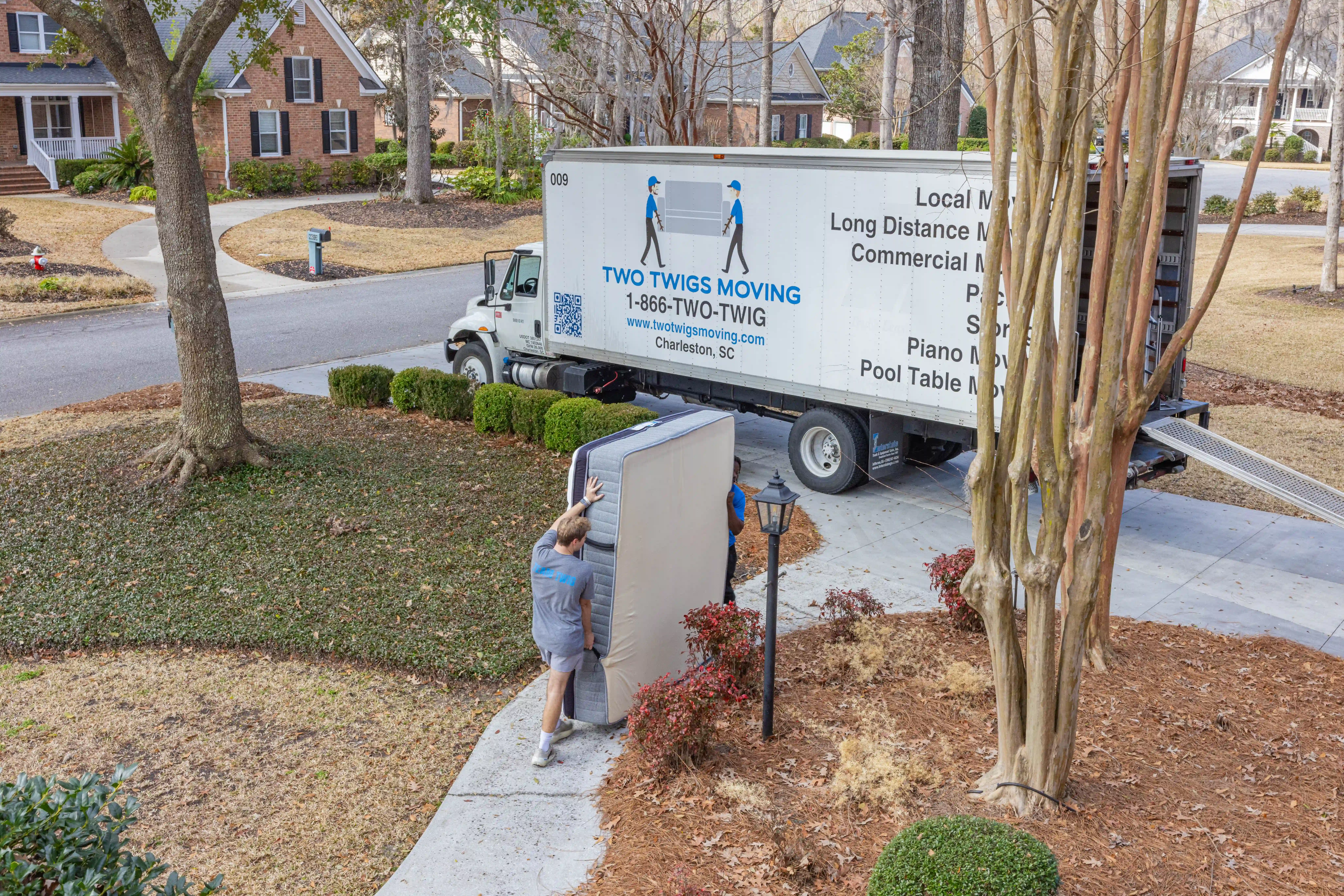Moving a home gym can be a challenging task, especially if you have large, heavy, or delicate exercise equipment. Proper planning and preparation are key to ensuring that your equipment arrives safely and is set up correctly in your new space. Here’s a step-by-step guide to help you move your home gym efficiently and safely.
1. Plan Ahead
- Inventory Your Equipment: Make a detailed list of all the equipment you need to move, including weights, machines, and accessories. Note any special disassembly or handling requirements for each item.
- Measure Your Equipment: Measure the dimensions of your equipment to ensure it will fit through doorways, hallways, and into your new space. Check the measurements of your new home to avoid surprises during the move.
2. Disassemble and Prepare
- Disassemble Large Equipment: For large machines like treadmills, ellipticals, and home gyms, follow the manufacturer’s instructions to disassemble them. Remove any detachable parts, such as weight stacks, arms, or footrests, and keep all screws and bolts in labeled bags.
- Secure Loose Parts: Wrap small parts and accessories in bubble wrap or packing paper to prevent damage. Place them in clearly labeled boxes to ensure you can easily find and reassemble them later.
3. Protect Your Equipment
- Clean Your Equipment: Before moving, clean your equipment to remove dust and debris. This can prevent particles from causing damage during transport.
- Use Moving Blankets and Pads: Protect your equipment by wrapping it in moving blankets or pads. This will help cushion against bumps and scratches. Secure the padding with packing tape or straps to keep it in place.
- Protect Delicate Parts: For delicate parts like screens or electronic components, use extra padding or bubble wrap to provide additional protection.
4. Moving and Loading
- Hire Professionals: If you have heavy or complex equipment, consider hiring professional movers who specialize in relocating gym equipment. They have the experience and tools necessary to handle and transport your equipment safely.
- Use Proper Lifting Techniques: If you’re moving equipment yourself, use proper lifting techniques to avoid injury. Lift with your legs, not your back, and use a dolly or hand truck for heavy items.
- Load Equipment Carefully: When loading equipment onto a moving truck, position the heaviest items first and secure them with straps to prevent shifting during transit. Place lighter items on top or around heavier items, ensuring everything is stable.
5. Transportation Tips
- Check the Weather: Be mindful of weather conditions during your move. Rain, snow, or extreme temperatures can affect your equipment, so take precautions to keep it protected during transport.
- Drive Carefully: If you’re transporting the equipment yourself, drive carefully and avoid sudden stops or sharp turns. Smooth driving will help prevent your equipment from shifting or getting damaged.
6. Setting Up in Your New Home
- Inspect Equipment: Upon arrival at your new home, inspect all equipment for any damage that may have occurred during the move. Check for any missing parts and ensure everything is in working order.
- Reassemble Equipment: Follow the manufacturer’s instructions to reassemble your equipment. If you’re unsure about reassembly, refer to the instruction manual or seek assistance from a professional if needed.
- Set Up and Test: Set up your equipment in your new space according to your planned layout. Test each piece to ensure it’s functioning properly and make any necessary adjustments.
7. Clean and Maintain
- Clean After Moving: Once everything is set up, clean your equipment again to remove any dust or debris from the move.
- Perform Routine Maintenance: Check for any maintenance needs or adjustments that may have arisen during the move. Lubricate moving parts, tighten bolts, and ensure everything is functioning smoothly.
8. Tips for Preventing Damage
- Label Everything: Clearly label all parts and boxes to make reassembly easier and prevent misplaced items.
- Keep Manuals Handy: Keep equipment manuals accessible for reference during disassembly, transport, and reassembly.
- Avoid Overloading: Don’t overload boxes or moving equipment, as this can cause damage or make handling more difficult.
By following these steps, you can ensure that your home gym equipment is moved safely and efficiently. Proper planning, protection, and careful handling are essential to avoid damage and ensure that your equipment remains in top condition for your continued workouts in your new home.


.svg)


